
OR
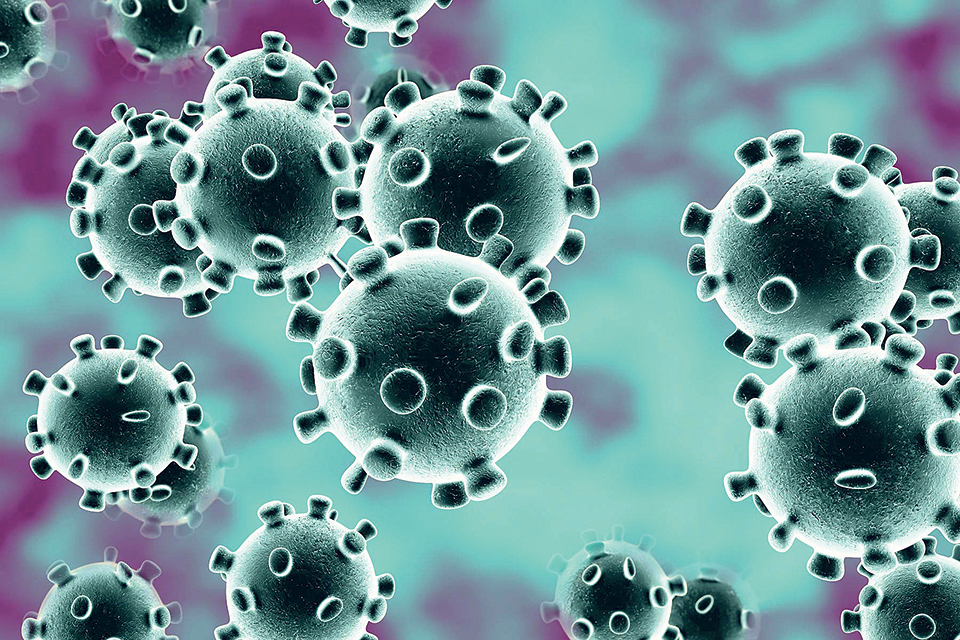

Dr Prakash Budhathoky
The author is a treasurer at Central Executive Committee of Nepal Medical Associationnews@myrepublica.com
Very few of the plans and programs announced in budget for health sector have been implemented.
The budget of this fiscal year was unveiled on May 28 amid the threats of Covid-19 pandemic. Since then, discussions have taken place in the parliament and the political circles regarding whether the budget has addressed the need to develop quality health care infrastructures, medicines and equipment and to expand the services of skilled doctors and health workers for the prevention, control and treatment of the disease. There was a significant increase in budget of the health sector but it was not up to the expectation and need of the time.
As a result, additional quarantine centers and health facilities have not been set up to combat the Covid-19. Much needs to be done to increase the range of testing in high-risk areas and to provide reliable treatment and to address the psychological distress caused by the pandemic.
Total of sixbillion rupees was allocated to prevent the shortage of urgently needed medical equipment and treatment materials for control and treatment of corona infection. Provision was made to provide free health insurance up to half a million rupees to all health workers working against corona and other infectious diseases. But this has not materialized yet. It was announced that a well-equipped 300-bed infectious disease hospital would be constructed in Kathmandu Valley. Additional 250-bed ICU beds, we were told, would be set up in government hospitals in Kathmandu Valley and50-bed infectious disease hospitals would be operated in all the provincial capitals. The plan was to upgrade hospitals in Pokhara, Karnali, Koshi, Narayani, Bharatpur, Bheri and Dadeldhura into federal hospitals anddevelop them as specialist hospitals.
It was also said that health insurance would be made available to all the citizens within three years and at least 40 percent of the population would be covered by the insurance scheme. Health services other than basic health services were to be gradually included in the health insurance program. Over seven billion rupees was allocated for the health insurance program. Free health check-ups were supposed to be conducted by all local level health institutions for safe maternity and reproductive health services and for the identification and treatment of deadly diseases such as breast and cervical cancer.
Budget was allocated to expand the capacity of National Public Health Laboratory to bring it in line with international standards and to establish state health laboratories in all provinces. Also the plan was to expand the laboratories required for treatment services in all the health institutions and to operate the disease diagnostic and pharmacy service and to establish health facilities with necessary equipment at the major entry points for compulsory health examination of persons coming from abroad.
Over four billion rupees was allocated for free treatment of deadly diseases and heart diseases of senior citizens and children and for running programs of tuberculosis, sexually transmitted diseases and leprosy control. Arrangement has been made to provide free emergency health care to the poor and needy from the federal hospital. A budget arrangement has been made to operate satellite and other service clinics with the services of specialist doctors in the local specialized hospitals. It was said that telemedicine service system for the patients in remote areas who do not have access to specialist health facilities would be provided.
The budget aimed to establish health centers, gymnasiums and yoga centers with the participation of local and community organizations to enhance the immune system and promote mental health, alternative treatment methods including Ayurveda.Arrangements were made to set up trauma centers in hospitals in the high accident areas of the highways.
The budget aimed to facilitate Nepal Health Research Council to conduct research on infectious diseases and develop it as a competent body and to expand the capacity of Nepal Aushadhi Limited.Arrangements have been made to run sanitation, raise awareness and ensure health insurance by mobilizing women health volunteers in collaboration with local level, non- governmental organizations and the respective communities.
Budget has been allocated to increase the number of health workers by reviewing the existing posts in the health service, to start preliminary work for the establishment of Center for Disease Control and Prevention, Food and Drug Administration and National Health Accreditation Authority. As it has unfolded during the pandemic, very few of these plan have materialized in the country. Thus only allocating budget does not help us achieve the desired results.
Public healthcare system will be improved when public health institutions become stronger. Smart, young and dynamic medical students should be welcomed in the healthcare system by recruiting them on a regular basis by providing them equal opportunities in domestic and foreign education, training, exposure and career.
Medical professionals have to develop competencies in areas such as hospital management, medical specialty, renovation of traditional healthcare system, strengthening team work, networking, cooperation, coordination, and collaboration with stakeholders, improving financial and clinical performance, maintaining medical ethics and medico-legal compliance and strategies to combat the epidemic and pandemic.
Formulating practical policies, programs and conducting supporting activities to accomplish the goals and objectives is a key to success. Motivating and tactfully mobilizing medical experts and practitioners can go a long way in achieving the goal.
The author is a Treasurer at Nepal Medical Association
You May Like This
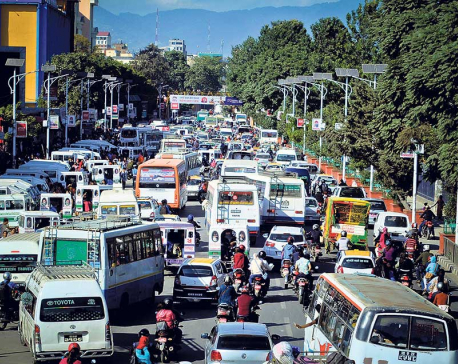
Entrepreneurs set various preconditions to resume public transportation
KATHMANDU, July 11: The Federation of Nepali National Transport Entrepreneurs on Friday put forth various preconditions for the resumption of... Read More...
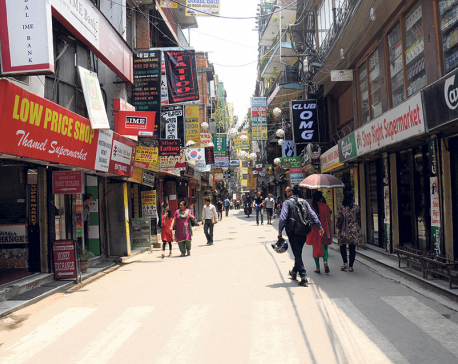
Thamel businesses start getting rent relief
KATHMANDU, June 24: Some businesses operating in the Thamel area have started getting relief on rents in response to their... Read More...

Charting a course for better days
The COVID-19 pandemic has triggered a global crisis that will continue for many months. It is already transforming social and... Read More...
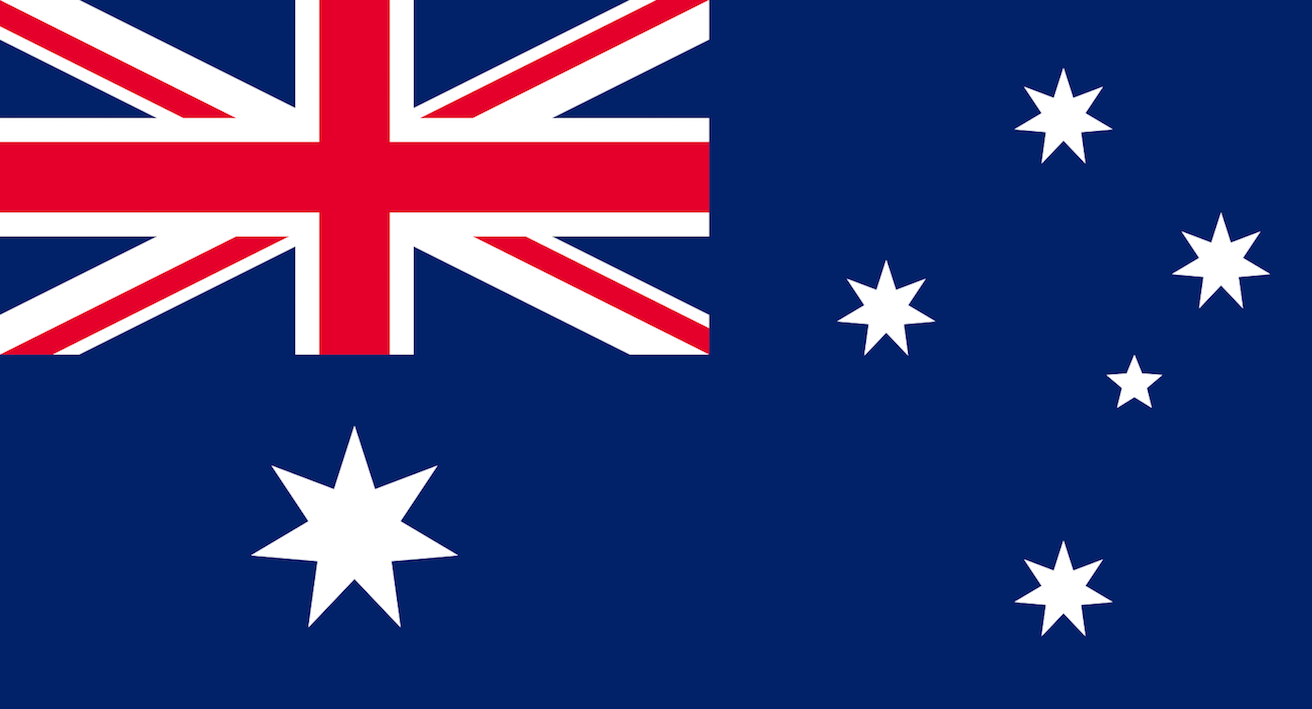

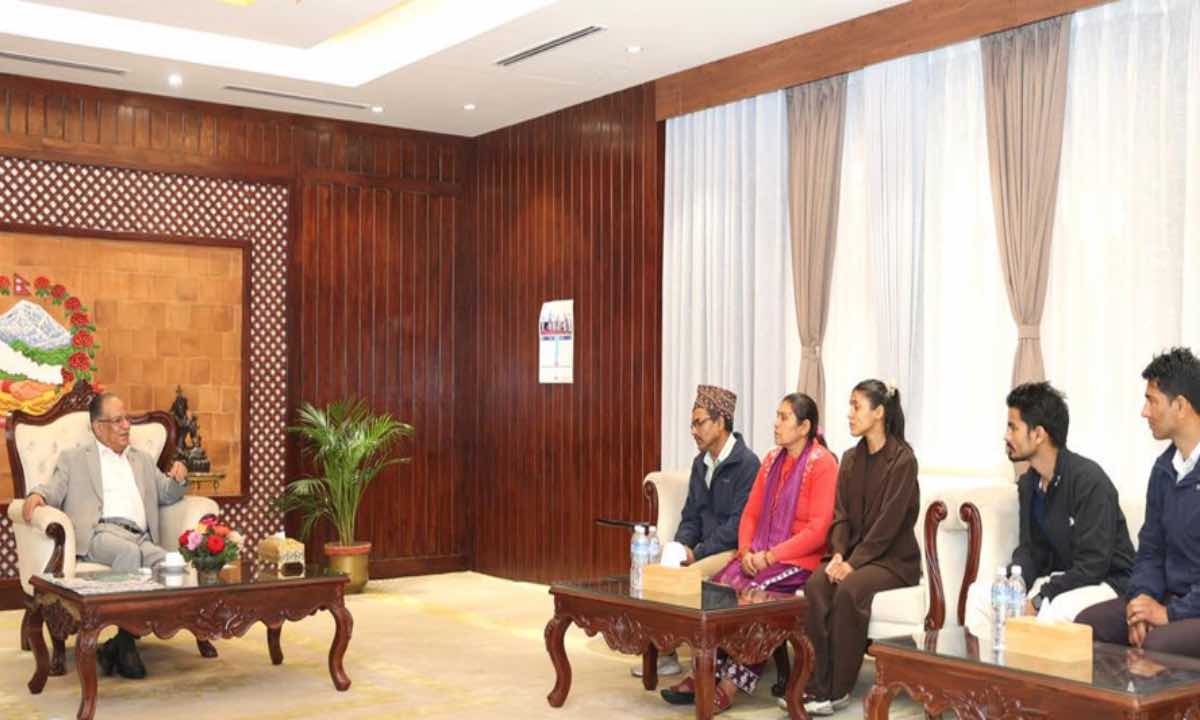

Just In
- Nepal face early setback as four wickets fall in powerplay against UAE
- Australian unemployment rate rises to 3.8 percent in March
- Gold price increases by Rs 700 per tola
- Fire destroys wheat crop in Kanchanpur, Kailali
- Bipin Joshi's family meets PM Dahal
- State Affairs and Good Governance Committee meeting today
- Gold items weighing over 1 kg found in Air India aircraft at TIA
- ACC Premier Cup semi-final: Nepal vs UAE











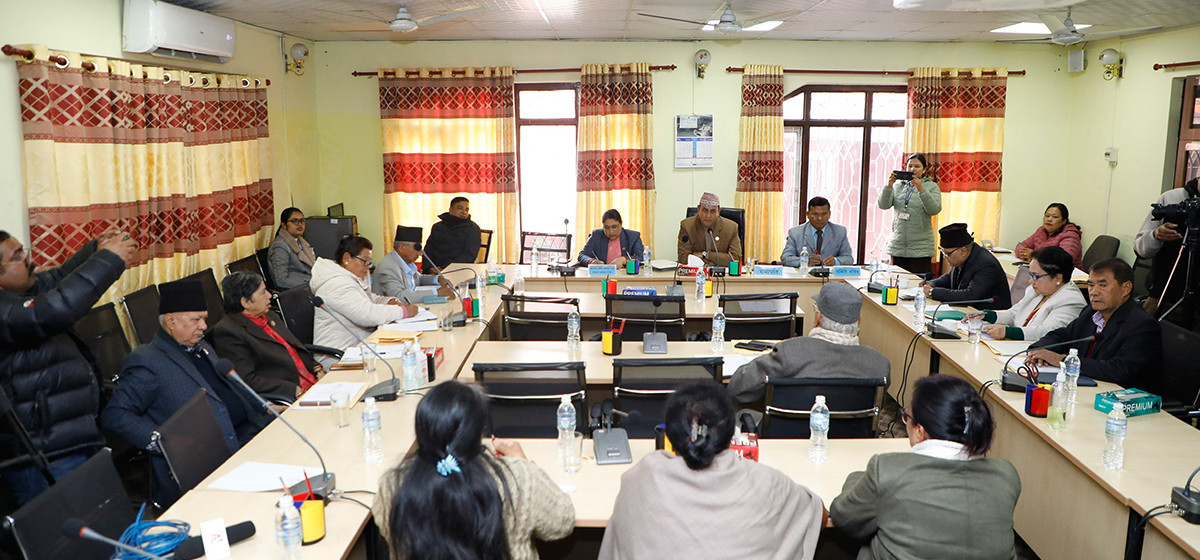

Leave A Comment